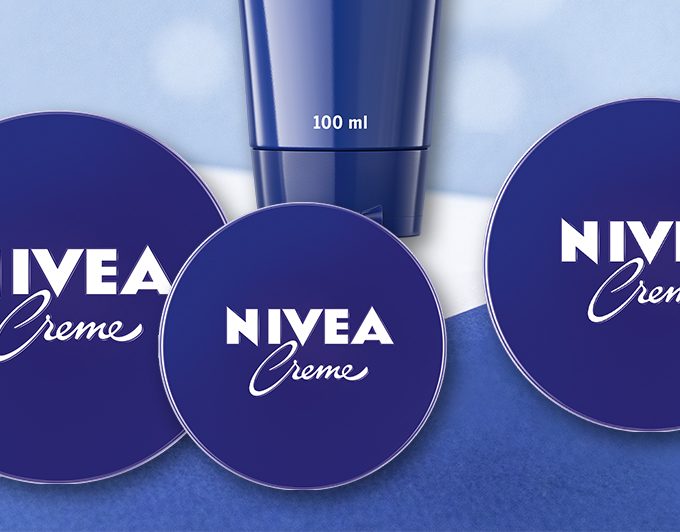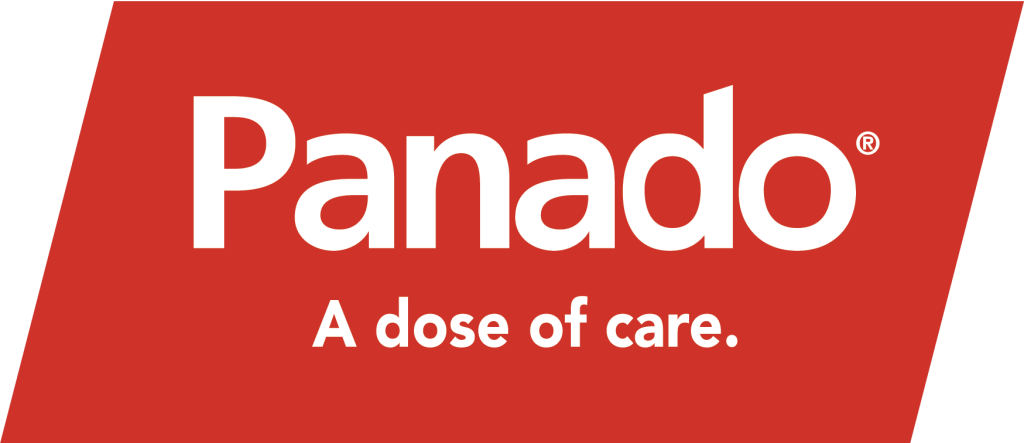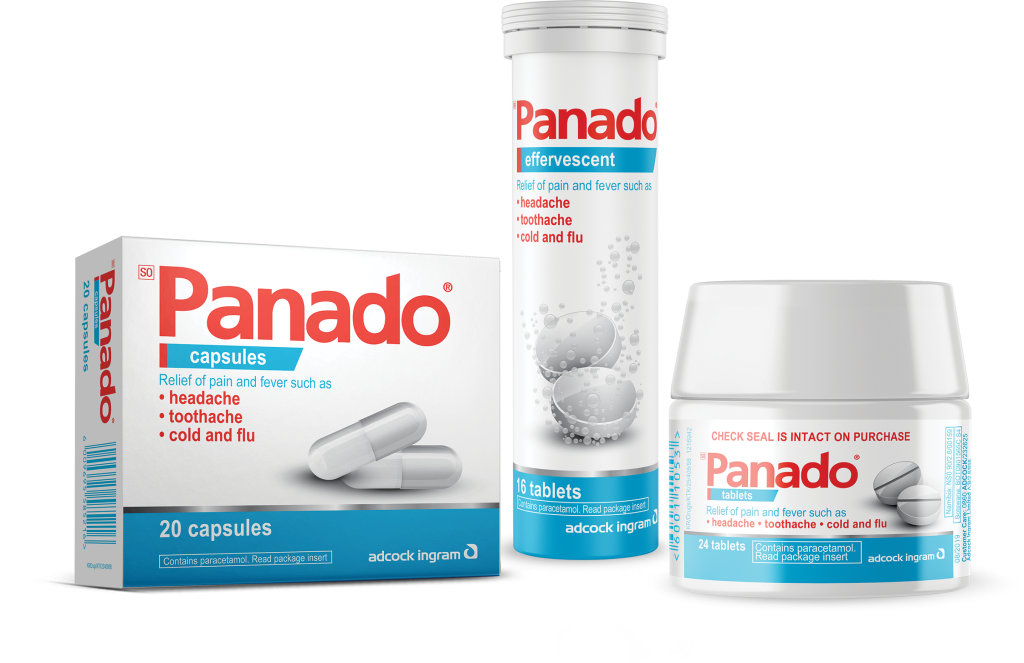- News
Sweet 16! Engen Rocks as SA’s Coolest Petrol Station
October 24, 2025- Entertainment
Carol Ofori: Finding Her Voice, Sharing Her Light
November 13, 2025- Health & Beauty
- Tech
HUAWEI WATCH GT 6 Pro is the best smartwatch to own in 2025
October 23, 2025HUAWEI Pura 80 Series arrives in South Africa
August 6, 2025- Tourism
- News
Sweet 16! Engen Rocks as SA’s Coolest Petrol Station
October 24, 2025- Entertainment
Carol Ofori: Finding Her Voice, Sharing Her Light
November 13, 2025- Health & Beauty
- Tech
HUAWEI WATCH GT 6 Pro is the best smartwatch to own in 2025
October 23, 2025HUAWEI Pura 80 Series arrives in South Africa
August 6, 2025- Tourism
Whether you’re battling the flu or dealing with a stubborn sore throat, understanding whether a viral or bacterial infection is at play can help you get the right treatment. Panado® shares tips on how to distinguish between these two types of infections.

Viral Infections
Viral infections can be caused by very tiny germs.1a Some diseases that viruses may cause include the flu, the common cold, and COVID-19.1b While not every person experiences a fever when they have a virus, a fever can be a sign that the body is trying to fight off the infection.2a You might experience a fever (a body temperature higher than 37.8°C), fatigue, irritability and body aches.2b
In some cases, viral infections present with upper respiratory symptoms such as a cough, sore throat and sneezing.3a For infections that rarely cause serious illness, symptoms can usually be treated at home3b and tend to bow out within a few days to two weeks.3c Prevention is key to avoiding viral infections. Viral infections can spread through tiny droplets when someone coughs, sneezes, talks, or even through direct contact like touching surfaces or objects that have the virus on them and then touching our mouth, nose and eyes.1c
To stay healthy, wash your hands often, pay attention to food safety and try to avoid close contact with anyone who’s feeling under the weather.1d Vaccines are also a great way to reduce the risk and severity of some viral infections, keeping you and your loved ones protected.1e
Remember, antibiotics won’t help here (they only work on bacterial infections)4a, so for less serious viral infections, stick to symptom relief with rest, fluids, and medications that help with fevers.2c & 3
Bacterial Infections
Bacteria are single-celled organisms that can multiply quickly.5a They’re all around us – in soil, water, and even on surfaces in our homes and workplaces. In fact, there are millions of bacteria living on your skin and inside your body.5b Most of these bacteria aren’t harmful; many are actually beneficial. They help you digest food and fend off other harmful bacteria.
However, even these helpful bacteria can cause problems if they end up in places they shouldn’t be.5c
Bacterial infections occur when harmful bacteria enter your body, multiply, and release toxins.5d These infections can affect various parts of your body, including your skin, lungs, brain, and blood.5e Common bacterial infections include ear infections, urinary tract infections (UTIs), food poisoning and skin infections.5f Bacterial infections can spread in several ways, such as direct or indirect contact, droplets from a sneeze or cough, bug bites, or consuming contaminated food or water.5g
Symptoms vary depending on the type of infection but often include fever, chills, fatigue, and headaches.5h The good news is that some bacterial infections clear up on their own, and for those more stubborn ones, antibiotics can treat them.5i Taking antibiotics as prescribed ensures that the bacteria are completely eradicated and helps prevent antibiotic resistance.4b
When to Seek Medical Attention
If you find yourself still running a fever after three days despite home treatment, it’s time to consult with your doctor.6a The same goes if your temperature exceeds 40°C,6b or if you experience uncontrollable shivering, teeth chattering, feel confused, have a severe headache that doesn’t improve with painkillers,6c or feel like you’re getting worse instead of better.6d Unusual symptoms like hallucinations, vomiting, neck stiffness, skin rash, rapid heart rate, chills, or muscle spasms are also red flags.6e And definitely reach out to your doctor if you’ve recently travelled overseas.6f Your health is important, so always err on the side of caution!

How Panado® Can Help
Whether you’re fighting a virus or bacterial infection, some general home care tips include staying hydrated, getting plenty of rest2c & 3, and use medications like Panado® to assist in reducing fever and alleviating pain.
The range includes Panado® Capsules7, Panado® Tablets8 and Panado® Effervescent Tablets9 which are ideal for those that struggle with taking capsules or tablets.
Panado® products are available from Baby City, Pick n Pay, Checkers including Hypers, Shoprite, Clicks, Dis-Chem and Independent Pharmacies. For more information, visit https://panado.co.za/ and join the conversations on Facebook.

Categories
Recent Posts
Carol Ofori: Finding Her Voice, Sharing Her Light
November 13, 2025South African Fashion Takes Centre Stage at AFI Harvest Table
November 13, 2025Related Articles
Beyond the Bench: Creatine’s Emerging Role in Brain, Body, and Longevity.
By Dr Juanri Jonck from LifeLAB Creatine – previously known as the...
October 23, 2025SANBS Launches “Blood Matters” Podcast: Real Conversations About Life, Ethics and Community
The South African National Blood Service (SANBS) has launched Blood Matters, a...
October 22, 2025South African Stem Cell Registry Warns Donor Tracing Crisis Threatens Lives
Despite access to nearly 43 million registered stem cell donors worldwide, a...
October 20, 2025Open Heart Surgery and Stenting at Trauma Centre Borrowdale & Critical Care Hospital – Harare, Zimbabwe
At the heart of Trauma Centre’s advanced medical services lies its renowned...
October 16, 2025
Subscribe To Our Newsletter
Join our mailing list to receive the latest news on what's trending in the world of travel, beauty, fashion, tech, finances and more.
You have Successfully Subscribed!
- Entertainment
- Entertainment


































